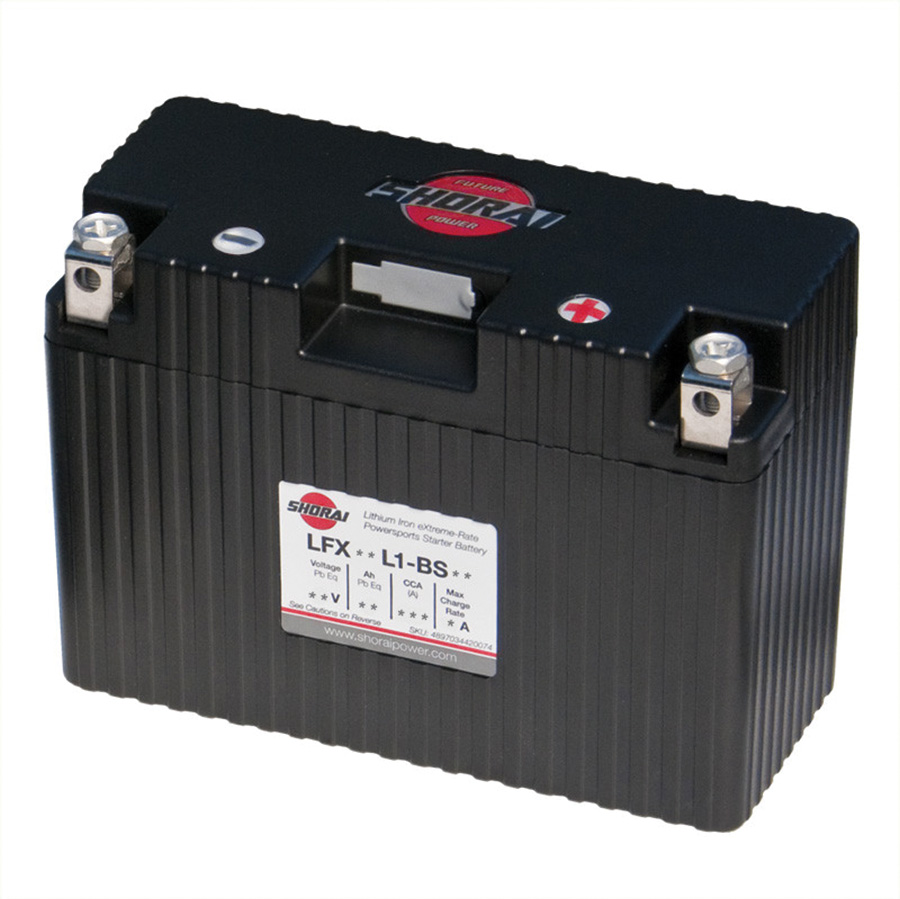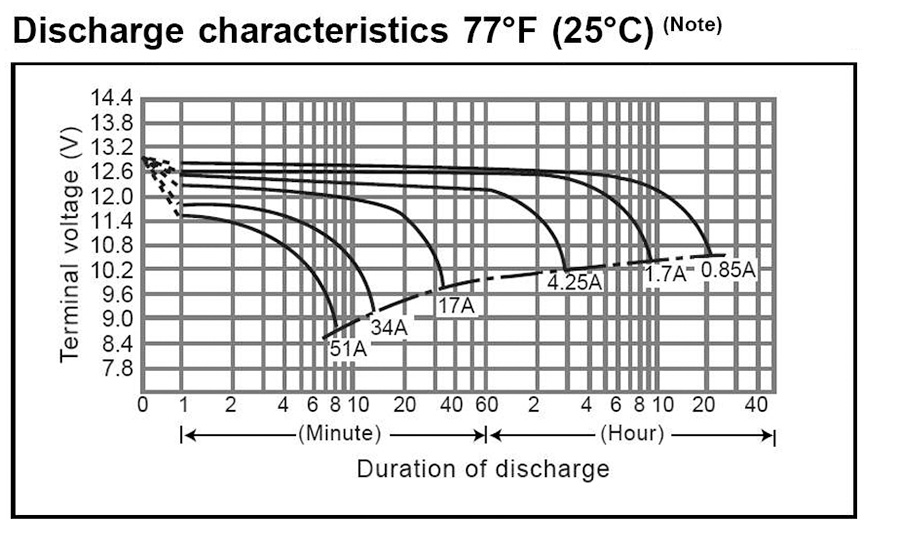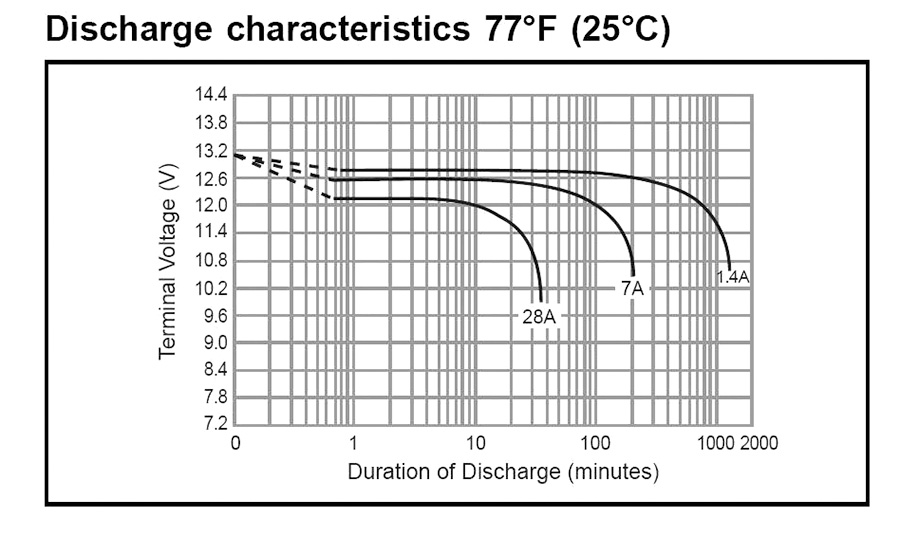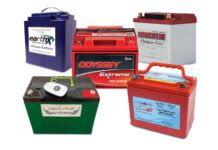Expectations for battery performance in airplanes haven’t changed much over the last 80 years; we’ve always needed a battery to crank the engine and back up the engine-driven power source. Reliability concerns for getting the engine started are small; if you can’t start the engine, you can’t get airborne.
However, reliability concerns for alternator backup in modern owner-built and maintained (OBAM) aircraft have grown by orders of magnitude. Vacuum systems that powered instrument flight displays are disappearing. Many engines will lose spark, fuel flow, or both if deprived of electrical power. For some airplanes it is no longer possible to back up the panel hardware with handheld radios from the flight bag.
How About Reserve Capacity?
The point of this article is to explore the value of “going lithium” in an electrically dependent airplane with battery-only endurance requirements. I have been reading a constellation of forums that share personal experiences with a variety of lithium products. But a common thread running throughout both the user groups and marketing rhetoric extols the virtues of lithium products as engine cranking batteries (load dump). I have yet to discover a conversation that speaks to the use of lithium to support alternator-out operations (capacity).
The lithium battery has suffered a checkered startup in aviation. But keep in mind there was a time when we were setting airplanes on fire with early Ni-Cads. The market will advance, learn, and adjust. It may be that lithium will become the future battery of choice. The OBAM aviation market can be a participant in the maturation of lithium on airplanes. The thrust of this article will consider battery-only operations where the driving issue is capacity as opposed to load dumping.
Old and New, Pro and Con
The sealed, vented lead-acid battery has achieved a solid market niche as a predictable and reliable commodity for over 30 years. Lithium battery marketing rhetoric sings the siren song, “Go lithium—for lighter weight, greater energy density, lower cost of ownership, perhaps even greater service life.” Let us consider what the lyrics of that song mean to us as owners and pilots of small, but increasingly complicated, aircraft.
Weight: The lithium battery is approximately one-third the weight of a lead-acid battery of the same capacity. If the lead-acid battery you’re replacing weighs in at 15 pounds, lithium will presumably be 10 pounds lighter. But when was the last time you off-loaded baggage or fuel because your preflight calculations revealed that you were over gross and removal of 10 pounds of baggage or pumping off a couple gallons would restore all things to their rightful place in the universe? On the other hand, consider how a reduction of 10 pounds in your airplane’s empty weight will broaden your operational horizons. Will you be able to go more places, climb over taller mountains, get off shorter runways? Is your airplane so critical with respect to performance that a 10-pound weight reduction engenders real excitement?
These questions may seem cynical and out-of-place in the world of airplanes; of course it’s always a good thing to reduce the empty weight of an airplane. But just how good—and at what cost of ownership? Consider what a few pounds of weight reduction does for your airplane’s performance—is it enough that you’ll even notice, except when the airplane is on the weight and balance scales?
Energy Density: The lithium battery offers a reduction in volume on the order of 70-80% for the same stored energy. Once a smaller battery is installed on your airplane, how do you plan to use the newfound space? Can you stuff sandwiches and bags of peanuts in there?
Cycle Life: A new battery operated under ideal conditions in an airplane will never be deep-cycled. It will get tapped for a few percent of capacity each time the engine is started, whereupon the alternator picks up all operational loads while recharging the battery. Nonetheless, if pressed into service for a battery-only operation, it may well suffer deep discharge. The trick is to know what it is capable of and making sure it is sufficient to the task.
If you never run a battery down, it will perform as advertised for a long time. But there are real-life risks for deep discharge of any battery. Lights left on, master switch left on, extensive ground maintenance operations, long-term untended storage, etc. Most lead-acid products offer 100+ deep discharge/recharge cycles before their capacity is reduced by 20%. Further, taking the lead-acid battery down flat does not seriously damage the chemistry if promptly recharged.
The service life of lithium batteries is sensitive to the nature of charge-discharge cycling. Boeing’s cost-of-ownership for B787 lithium batteries took a big hit when line crews left something turned on and depleted some batteries. Taking a lithium battery down to less than 30% poses risk of damage to the battery and necessitates special cell-balancing charging protocols.
Setting the airplane’s bus voltage is also critical to lithium battery service life. For some lithium chemistries, the difference between a float voltage of 4.2 and 4.1 volts per cell (aircraft bus voltage of 16.8 versus 16.4) has been purported to influence service life by a factor of two. Many lithium products are offered as plug-and-play replacements for legacy lead-acid batteries, yet a nominal SVLA bus voltage of 14.2 translates to a charging voltage of 3.6 volts per cell. While gentle on the battery in terms of service life, this bus voltage set-point may charge the battery to only 70 or 80% of rated capacity. This critical point must be considered when doing your battery-only endurance calculations.
Cost of ownership: Figure on spending about three to four times the cost of a lead-acid battery to replace it with lithium. That decision should be driven by a commensurate expectation for return on investment; in other words, will the lithium battery demonstrate a several times improvement in service life with a minimal influence on preventative maintenance? Speaking of preventative maintenance, does the lithium product you’re considering come with a customized cell-balancing charger? If so, be sure to understand how and when that device is to be used and what it does for you. Further, be sure to add the expense of that tool to cost of ownership, along with time added to your maintenance routines.
Performance: Cranking the engine is usually the least concern for battery-selection; any battery of airworthy capacity, state of charge, or chemistry will get the engine running. Battery-only operation is the long pole in the tent. A battery-only endurance target is a decision you have to make. Are you content with a battery-only endurance target of 30 minutes, even when you’ve got three hours worth of fuel aboard? It’s your choice. Whatever number you decide, verify it and then maintain for it so that you know what your options are when the low-voltage light comes on. Don’t forget that your battery-only endurance number needs to be valid up to the battery’s end-of-life. So, if your goal is 30 minutes throughout the service life of the battery, then 40 minutes or more is the target endurance for a new battery.
Ratings—What Do They Mean?
Now this is important! Batteries are rated over time and at load values that probably differ from your battery-only endurance target. Figure 1 is a performance plot for a popular 17Ah lead-acid battery, which says it will deliver 0.85A for 20 hours for a demonstrated capacity of 17Ah. However, a 4.25A load is supported for only 3 hours and 12.8Ah. A 17A load is supported for 35 minutes and 10Ah. These examples hold only for a new battery. De-rate these numbers 20% for end-of-life performance.
Assume you’re seeking a battery to support an electrically-dependent engine at 8A for 1 hour. A new 17Ah battery carries 8A for 1.3 hours or 10.4Ah of demonstrated capacity. It would probably just keep the fan running for 1 hour at end-of-life. Now, suppose you have some panel-mounted stuff to keep powered up as well…how about a 28Ah battery?
Figure 2 says that our 8A engine load will be powered for 2 to 2.5 hours on a new battery; 1.5 to 1.8 hours at end-of-life. I poked around looking for similar curves on lithium products. I didn’t flush them out…but they must exist. The point here is valid for selection of any chemistry. Your electrically dependent airplane’s battery selection must be based on your target battery-only endurance at end-of-life. Further, understand that nameplate Ampere-Hour ratings are not all revealing. Performance for any battery must be adjusted for anticipated loads defined by real measured loads and target battery-only endurance for your airplane.
Lithium batteries add new wrinkles to the decision-making process. If you’re going to leave your regulator set for 14.2 volts, know that any proposed lithium battery may only be getting charged to 70–80% of rated capacity. If you plan to crank up the voltage regulator, you’ll stuff more energy into the battery but degrade its service life.
What’s the risk?
Suppose you do suffer an alternator failure and you task the battery with getting you on the ground in a comfortable, predictable manner—but the battery has to be drawn down to 10% of capacity to do it. If your intention is to carry off a battery-only op at your selected endurance level without damage to the battery, then you have to land with about 30% of capacity remaining. You have choices for giving up more battery-only ops minutes or adding the cost of a new battery to the cost of a new alternator.
The sealed, vented lead-acid battery battery will shrug off slight overcharging and deep-cycle discharging. Not so with lithium. Optimized service life of the lithium battery restricts charge-discharge excursions to the band between 30 and 90% of the chemistry’s total capacity. If you plan to capacity-check your lithium battery for the purpose of assessing airworthiness, then you may want to terminate the test at the 30% capacity level to avoid damage due to deliberate deep discharge. A best possible recovery of a lithium battery may depend on software-managed recharging after accidental or purposeful deep discharge. Your ship’s alternator and regulator are not endowed with such talents. A cell-balancing charger plugged into the wall is required. Some proposals I’ve read for TSO lithium batteries for type certificated aircraft have included cell-balancing electronics internal to their offering, with commensurate impacts on volume, cost, and reliability. No such features are offered in batteries being considered for our airplanes.
Ads for many lithium products cite the dedicated, cell-balancing charger as a useful, but not necessary tool. In fine print I read, “Use of the cited charger may double the battery’s service life.” Say what? If you put your airplane away with the battery already charged to whatever capacity it attains on a 14.2 volt bus, then what can the “magic charger” do for the battery? If one expects the charger to do its cell-balancing thing well, does it not have to start with a mostly discharged battery drawn down to 30%? Another bit of lithium sales rhetoric is fond of referring to a “lead equivalency capacity” of so many Ampere-hours. It’s not clear to me what that means.
No doubt lithium batteries are great cranking batteries. However, there are considerations unique to the lithium chemistry that influences cost of ownership, predicted performance, and risk to airworthiness during battery-only operations. Do your homework and make sure that shortfalls in performance don’t set you up for a really bad day in the cockpit. All the things you need to know are probably not on the seller’s web site.
Still we are Experimental!
It is clear that we have not acquired all the knowledge and tools necessary to make a well considered choice of lithium batteries for an electrically dependent airplane. Lithium batteries are becoming less risky all the time; its time to do our homework as bean-counting electron-herders to assess a battery’s suitability to tasks beyond that of getting the engine started.
If anyone finds errors of fact or analysis in what I’ve offered over the past three installments on batteries, please let me know. Nobody has a greater interest in the veracity of my knowledge than I do. In the meantime, I’m going to share this article with every manufacturer and supplier of lithium batteries with an invitation to enlighten us. If they wish that we join them in a belief that lithium is the future for stored energy in small airplanes, we need to know a lot more. At least some of this new knowledge will be forthcoming in a future article.
Fly comfortably…

![]()
Bob Nuckolls retired from Beech Aircraft in 2007 after more than 45 years of work in certificated aviation and over 25 years of support for the homebuilt aircraft industry. Bob publishes “The AeroElectric Connection” from his website at www.aeroelectric.com He also hosts the AeroElectric-List on Matronics.com. This special interest forum serves approximately 1600 participants.
















